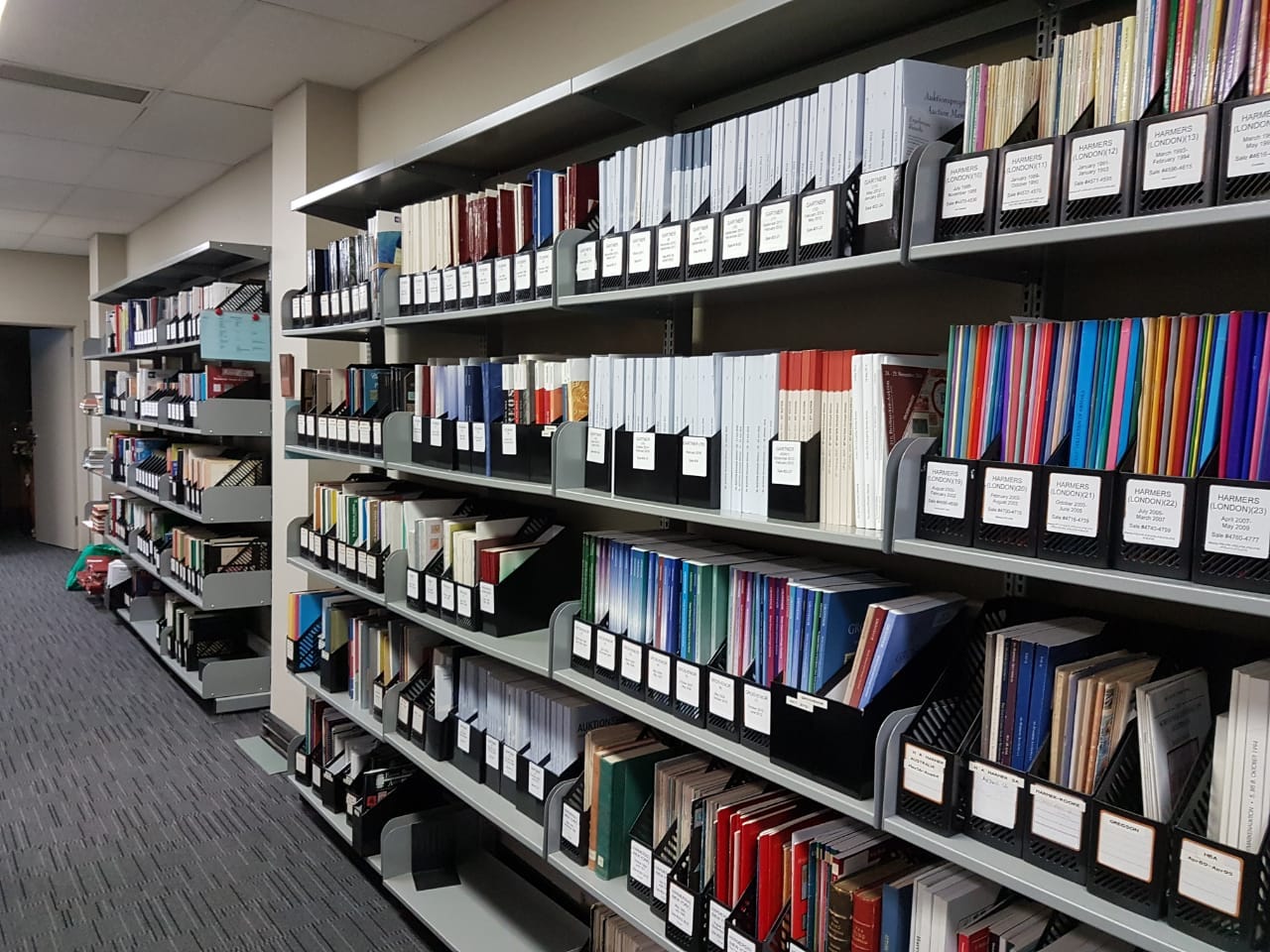A Visit Down Under: Reviewing the Library of the Royal Philatelic Society of Victoria
Largest in the Southern Hemisphere!
This article was first published as “A Visit Down Under: Reviewing the Library of the Philatelic Society of Victoria” Philatelic Literature Review 66 no. 4 (Fourth Quarter 2017). It was reprinted in “The Library of the Royal Philatelic Society of Victoria” APF News 32 no. 1 (February 2018) and available online at apf.org.au/apf-news.
Now, it has been expanded by the addition of many images not in the original.
A Brief History
The Philatelic Society of Victoria (PSV), later the Royal Philatelic Society of Victoria (RPSV), was established in Melbourne 125 years back in July 1892 (Figure 1) after two previous attempts, in 1887 and 1890, proved short-lived.1 It was granted the prefix “Royal” by King George VI in 1946.
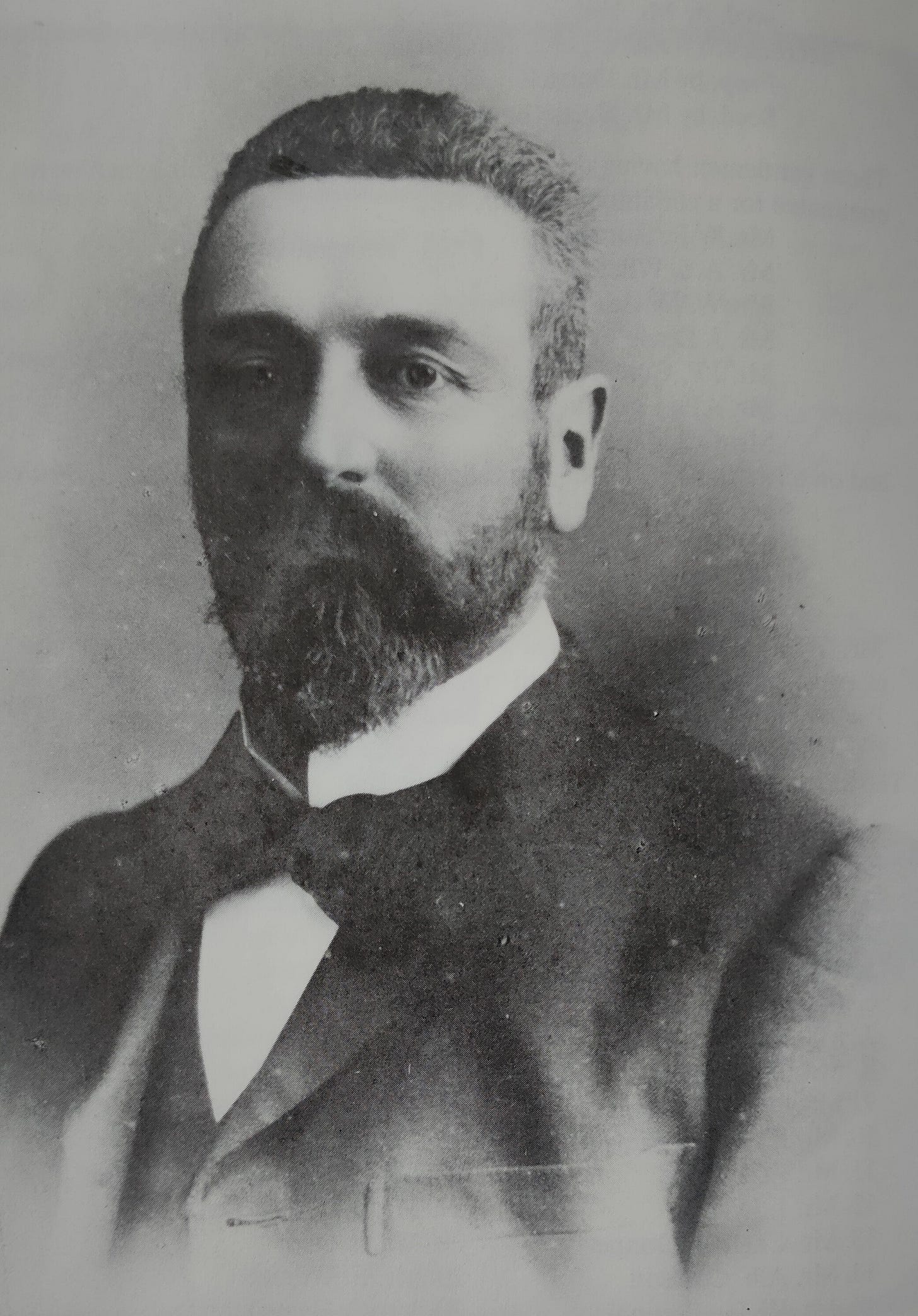
The history of the Society2 and its library3 has been covered elsewhere and need not be repeated in detail again. Briefly, the library started its birth almost immediately in May 1893 when members and dealers donated certain journals and books to the Society.
The first purchases were made in 1896 when the Society decided to buy all books related to Australia that were needed by the library. On 21 November 1897, the “Great Flinders Street Fire” struck and destroyed the entire library comprising of 80+ bound volumes and unbound periodicals. The library was built again including by donations from various well-wishers such as P. T. Berry (President of the Society, 1916) in 1930, Alan G. Brown (President, 1961) in 1970, Phil Collas (editor of The Australian Stamp Monthly from 1931-45 and 1946-51; the five-year break being due to wartime service) over a period of 50 years till 1989, and last but definitely not the least, J. R. W. (Bill) Purves (Figure 2). The latter’s bequest, in 1979, of 80 large boxes comprising 574 books, 200 volumes of bound periodicals, and numerous unbound periodicals and auction catalogues increased the library’s holdings by a third. Further Ron Lloyd-Smith (Figure 3), who was the librarian from 1951-75 (but for 1962-63), acquired for the library, through purchases and donations, Australian philatelic literature irrespective of its ephemerality or obscurity.
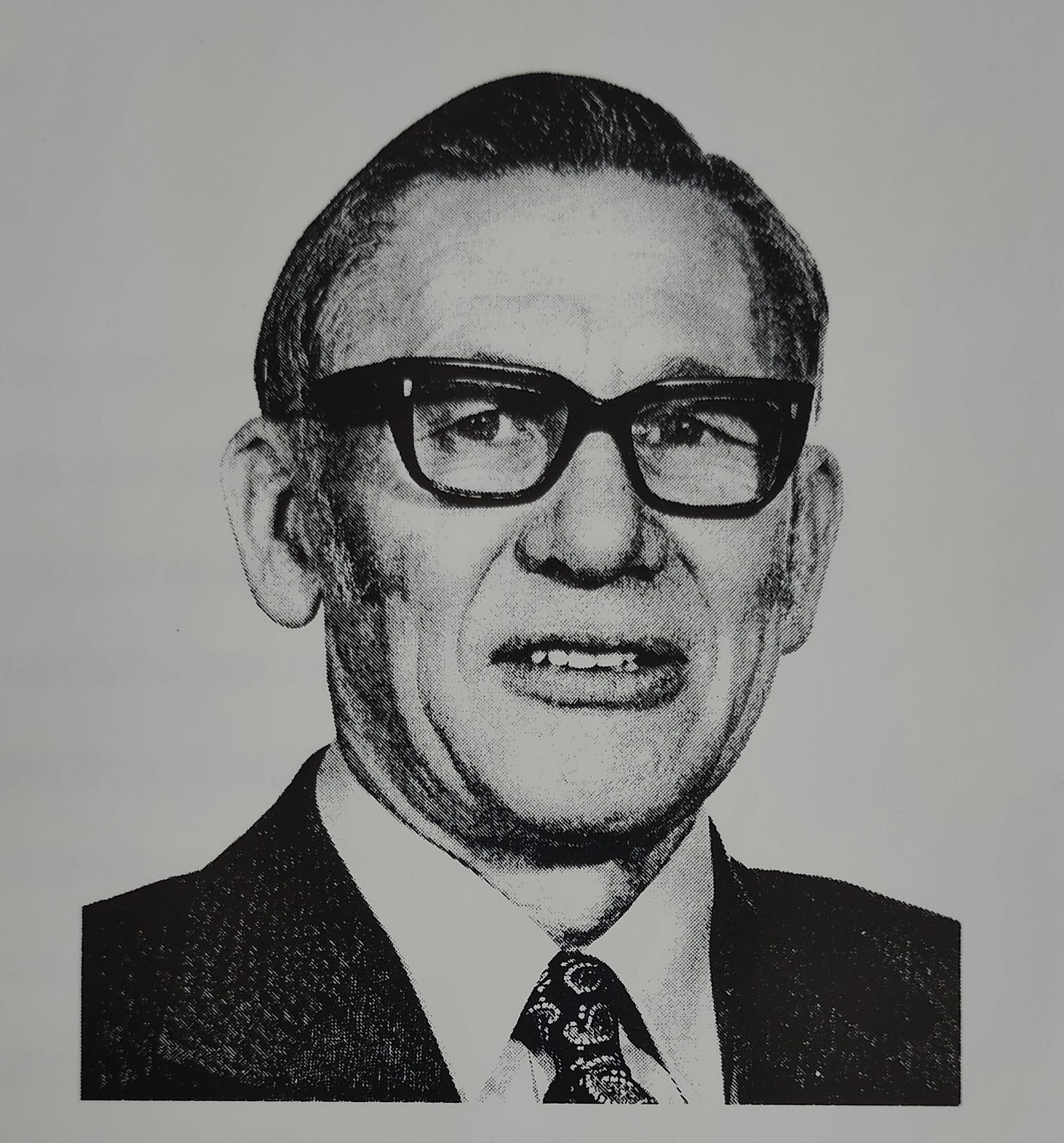
Till 1946 the library moved rooms often until the Boy Scout Association offered the PSV the use of the second floor of its building. The Society occupied this building until 1954 when it was sold by the Association and the RPSV had to make temporary arrangements, a situation which lasted until March 1957 when it moved to its own building located in South Yarra, Melbourne4 (Figure 4).
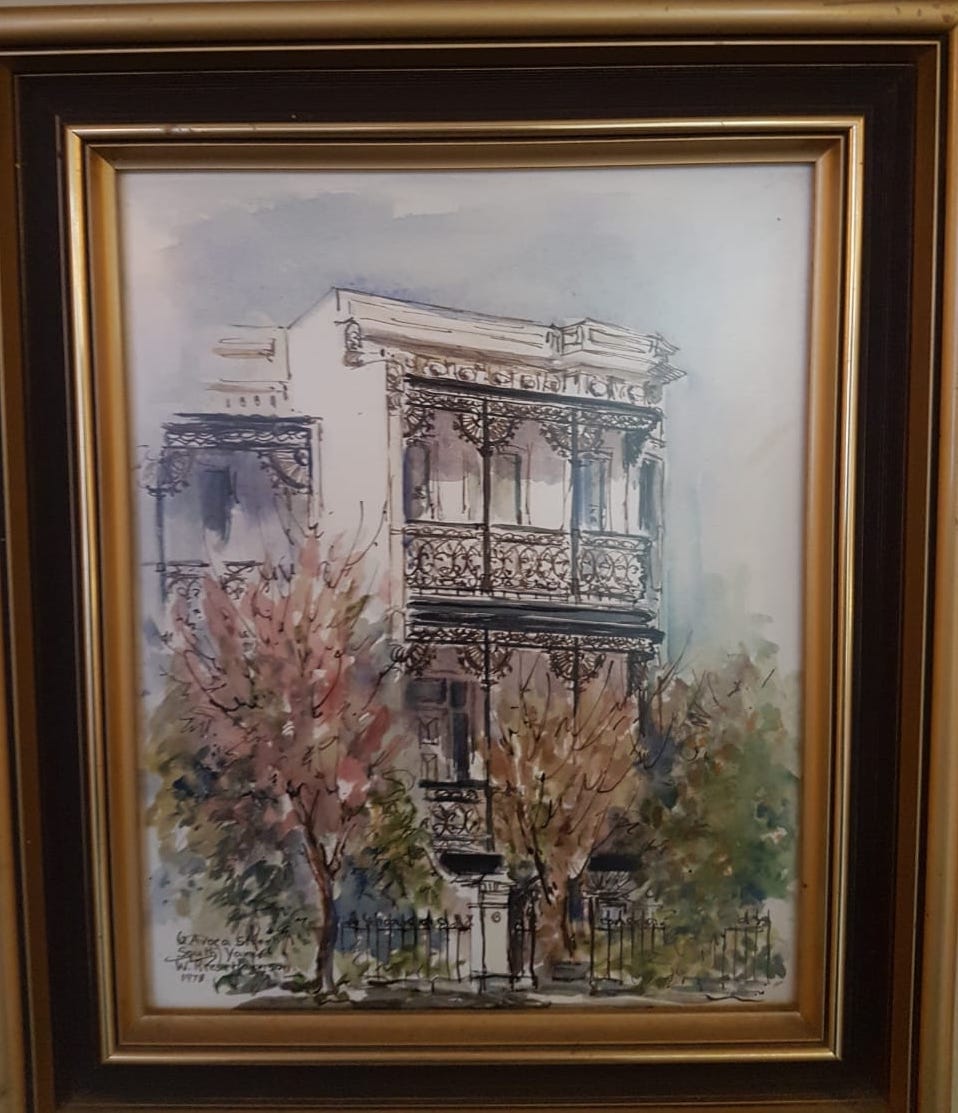
It was here that the happy coincidence of Lloyd-Smith’s tenure and a permanent building allowed the library to come on its own. The RPSV stayed here for about 46 years until its relocation in October 2004 to “Purves House” at Ashburton, a suburb of Melbourne.
I was visiting Melbourne on a holiday in May 2017 and had contacted the RPSV’s current librarian, Richard Breckon (Figure 5), ahead in time to inquire if I could visit the library. Richard was most courteous and even picked me from my hotel! It was not a “meeting day” and hence it was very kind of him to open the library just for one visitor.

This article will not just take a ‘helicopter’ view at the holdings of the library but will also attempt to point out important pieces of literature either available or missing from a viewpoint of the bibliophile. I must acknowledge, at this point, that I have derived much assistance from Kellow and Turner’s 1996 catalogue and to a lesser extent from the record of the library’s holdings as uploaded on the RPSL’s website.
The Library
“Purves House” (Figure 6) is a simple nondescript building which does not look as grand as the American Philatelic Research Library’s (APRL) matchbox factory building nor does it have the heritage of The Collector’s Club, New York (CCNY) or The Royal Philatelic Society, London (RPSL). It is spread over two stories; the library, a small work or conference room, and the expertising room5 occupying the ground and a large meeting room and kitchen the first. The whole area measures around 400 square meters or 4,300 square feet and hence the library probably occupies a little less than half this space or approximately 2,000 square feet.
The library (Figures 7, 8, and 9) is, as the Australians often say, “the largest in the Southern hemisphere”! Kellow and Turner mention the library’s holdings at some 10,000 individual items as well as 2,000 or so bound volumes of periodicals. Over the last two decades, the library’s holding of handbooks has likely increased by 50% or more while there has been little change in the number of bound periodicals; unbound periodicals probably number in the thousands. The library gets catalogues from most major auction houses, either directly or through donations from members. For a library with only an honorary librarian, it has been arranged in a professional manner and Richard seems to have an uncanny awareness of where a particular title is shelved.
The RPSV library may find a place as one of the top-ten philatelic libraries in the world. It, however, has no pretensions of being in the same league as some of the greatest such as the APRL, the library of RPSL and CCNY, or The National Postal Museum Library, Washington D.C. One is unlikely to find incunabula items or obscure European language or Latin American handbooks or journals on its shelves. There are a number of good reasons for this. Firstly it is about size. The RPSV is a volunteer run organisation and does not have permanent or professional staff on its rolls to curate its collection. Secondly, its membership base is small at about 260 members of which 90% are from Australia; the limited number of members obviously means a limited library budget and hence even publications are procured on a need-to basis.6 Thirdly, being well away from the important philatelic centres of Europe or America, it has built itself, over a period of time, through donations and small value purchases.7 Unlike the other great libraries, it has not been a beneficiary of donations from early bibliophiles.8 Finally it became a serious library quite late under the stewardship of Lloyd-Smith in the third quarter of the 20th century; hence it missed accumulating much material of the 19th and early 20th century.
However it must be emphasised that the library can more than hold its own when serving a great majority of its users, especially those interested in Australian and New Zealand topics, in a practical and need-based way. It is a solid working library that also possesses most of the important and valuable pieces of literature published. Stephen Holder9 once described the five really significant works of philatelic literature with a current value of £1,000 or more:
P. Mirabaud and A. de Reuterskiold. The Postage Stamps of Switzerland. 1899.
A. M. Tracey Woodword. The Postage Stamps of Japan and Dependencies. 1928.
Survey of Egypt and Government Press. Postage Stamp Issue for the Hejaz. 1918.
Complete set of Spud Papers published in The Philatelist. 1873-76.10
Philatelic Union of Geneva. Album Des Facsimiles - A Fournier Album. 1928.
Based on recent auction realisations, I would add the following:11
L. L. R. Hausburg, C. Stewart-Wilson, and C. S. F. Crofton. The Postage and Telegraph Stamps of British India. 1907.12
Periodicals: Complete or long runs of The Journal of the Philatelic Literature Society (JPLS) from 1908-1918,13 London Philatelist from 1892 onwards, Le Timbre-Post from 1863-1900, and perhaps Collector’s Club Philatelist from 1922 onwards, especially if they are uniformly bound.
Auction Catalogues: Complete set of auction catalogues of the Ferrari or Burrus sales.14
The RPSV library has them all save for nos. 3, 5, and 8 and the JPLS and Le Timbre-Post from 7.
Holdings of the Library
Journals
The library has a collection of almost 700 journals in various states of completion. Its strength lies, as may be expected, in Australian ones. The earliest journal from Australia, the New South Wales Stamp Collectors’ Magazine, is present complete in both the old (1879-81) and new series (1882); only three issues of the former and one of the latter were published.15 A quick search on RPSL’s website reveals that the only other library which holds this magazine (and only the second series) is the APRL. Vindin’s Philatelic Monthly published by the Sydney dealer, Dawson A. Vindin, from 1887-94 is also complete. So is its successor, The Australian Philatelist, which ran from 1894-1924. Unfortunately other 19th century Australian journals are either missing or incomplete. Missing is The Australian Stamp Collectors’ Journal, the first journal from South Australia, four issues of which were published in 1879-80. The Australian Stamp Collector and Philatelic Advertiser (28 issues published 1893-96) as well as The Australian Stamp News (the first journal from Queensland 14 issues of which came out in 1893-94) are incomplete. An earlier effort of Vindin from 1882-83, The New South Wales Philatelist, only two copies of which were issued, is missing the inaugural issue.
From the 20th century, the library has the complete set of The Australian Journal of Philately from 1900-05 as well its successor The Australian Stamp Journal from 1910-51, both published by J. H. Smyth Ltd. Another complete run is of The Australian Philatelic Record, published from 1918-22. This journal was renamed The Victorian Philatelic Record from 1922-29 and reverted back to its original name from 1929-30. The Australian Stamp Monthly is complete from 1930 to 1991 when it merged into Stamp News. The latter too is present in full from 1954 onwards till date.
Now on to journals published from other parts of the world. The second philatelic periodical ever published, The Stamp Collector’s Magazine, is complete from 1863-74, all in the original publisher’s binding. The publisher supplied these with a contemporary stamp affixed to a niche in the centre of the front coloured board; some of these stamps are missing as may be expected. Another influential magazine of the incunabula period, The Philatelist, published from 1866-1876 is also complete. While I did not get the time to check if all the 134 forgeries accompanying the “Spud Papers” are intact within, Kellow and Turner assert in their catalogue that they are. Other journals started in the 19th century such as The Philatelic Journal of Great Britain (1891- ), The Stamp Collector’s Fortnightly (1894-), the second series of The American Journal of Philately (1888- ), and The American Philatelist (1888- ) are present in long runs. So are important early to mid-20th century magazines like Stamp Lover (1908- ), Stamp Collecting (1913- ), and Stamps (1932- ).
Two influential and respected periodicals i.e. The London Philatelist and the Collector’s Club Philatelist are either complete (as in the case of the former) or present in a long run (the latter). The first four years of Robson Lowe’s periodical (published alternatively as The Raconteur, The Raconteur and Philatelist, The Philatelist and Raconteur, before settling on The Philatelist from its fourth volume) is complete from 1934-37 and mostly complete till 1980 when it merged with The Philatelic Journal of Great Britain to form The Philatelist and PJGB.
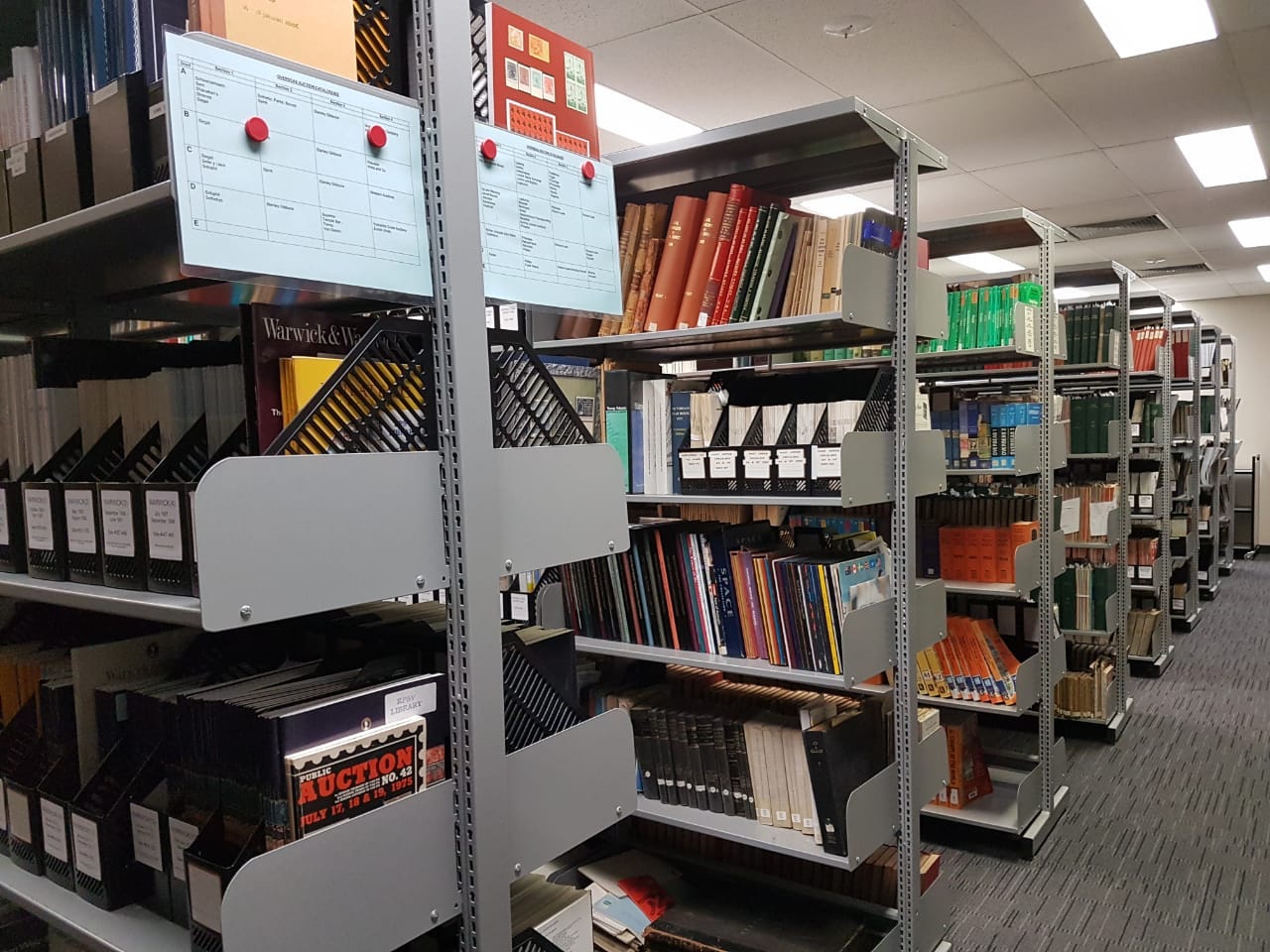
Handbooks
As we have seen earlier, the library has some of the valuable and key pieces of literature on its shelves. The Woodward is so valuable that the RPSV keeps it in a locked safe and I was not able to see it when I was visiting!16 The Mirabaud and de Reuterskiold is the English language edition of 150 copies. Other valuable books include Emanuel Lee’s The Postage Stamps of Uruguay (1931), British Philatelic Association’s The Work of Jean de Sperati (1955),17 Alan Robertson’s A History of the Ship Letters of the British Isles (1956), F. G. Howe and W. A. Townsend’s The Postage Stamps and Postal History of British Guiana (1970), and Peter Ibbotson’s The Postal History and Stamps of Mauritius (1991).
Needless to say the pioneering Australian handbooks published by The Philatelic Society, London (later the RPSL) in the late 19th century and early 20th century are present. From the 1887 publication titled The Postage Stamps, Envelopes and Post Cards of Australia and the British Colonies of Oceania to one on Tasmania (1890) to New South Wales (1911 and 1913) and finally Queensland (1930). Purves’ prolific output of 28 handbooks, many of them published by the Society, also grace the shelves.
One of the strengths of the library lies in its holdings of publications of the state and federal government relating to legislation related to the mails, postal treaties, post office guides and reports. For example the earliest work available is a title Post Office: Laid upon the Council Table, by the Colonial Secretary, by command of His Excellency the Lieutenant-Governor and ordered by the Council to be Printed, 21st November 1851. The importance of such works for the postal historian cannot be over-emphasised.
Auction catalogues
Once again the library excels in its long run of auction catalogues from Australian and UK based houses. Amongst the former we have sales of P. J. Downie of Melbourne (1964-91), Charles Leski of Melbourne (1977- ), Macray Stamp Sales of Melbourne (1979- ), Rodney A. Perry of Melbourne (1973- ), and Status Stamps of Sydney. Amongst the latter, long and fairly complete runs of H. R. Harmer and its successors (Australia, New York, and London; 1938- ), Robson Lowe (London, Australia, and New York; 1938-1986), Christie’s Robson Lowe (London, Australia, and New York; 1986- ) can be observed. Unfortunately the library is weak in the “name sales” department; missing, for example, are the auction catalogues of Ferrari from the 1920s, Louise Boyd Dale and Alfred F. Lichtenstein, Burrus, and Josiah K. Lilly from the 1960s, and John R. Boker’s collection of German States from the 1980s/90s.
Final Thoughts
The library has about 300 meters (985 feet) of shelf space. These are permanent racks on which the books are placed. Since they are already almost full, the Society will have to invest in compactuses in the near future or probably switch its location to the more spacious first storey.
The RPSV library is part of the Global Philatelic Library (GPL) project. However the GPL website shows that only about 3,200 database records of the library have been contributed to the project. The pressing need is hence for the list of all of the library’s holdings to be updated online as well as in its own library cataloguing system. Further if the library could publish an updated catalogue of holdings on the lines of its superb printed catalogue of 1996, definitely on the web and preferably as a hardcopy as well, it would serve as a valuable source of bibliographic information.18
In conclusion, I will request readers of this article, especially if they are writers, publishers or auction houses, to donate one copy of each of their available past and current as well as all future publications for the shelves of this fine library.
Acknowledgements: I would like to thank Mr. Richard Breckon for going through the article and providing me with certain factual data such as the number of RPSV members or shelf space etc. Comments and feedback are welcome and may be sent to my email id: abbh@hotmail.com.
See Breckon, Richard. “A Short History of the Philatelic Society of Victoria, 1892 to 1946”, Philately from Australia, Vol. LXIX No. 1, March 2017 and “A Short History of the Philatelic Society of Victoria, 1947 to 1979”, Philately from Australia, Vol. LXIX No. 1, March 2017.
See Derrick A. J. The Philatelic Society of Victoria 1892-1926: A History written at the request of the Society, Melbourne: The Philatelic Society of Victoria, 1926 and Chisholm, H. L. Century of Happiness: The Centennial History of the Royal Philatelic Society of Victoria, Melbourne: The Royal Philatelic Society of Victoria, 1992
See Kellow, Geoffrey and Russell Turner. The Royal Philatelic Society of Victoria Library: A History and Catalogue. Melbourne: The Royal Philatelic Society of Victoria, 1996. Six earlier listings of the library’s holdings were produced, the first in June 1906.
The building was purchased in 1956. The RPSV was then the third society in the world, after The Royal Philatelic Society, London and the Collector’s Club, New York, to have its own building.
The RPSV provides Certificates of Opinion on Australasian and Pacific Islands philatelic items. See its website at www.rpsv.org.au.
Kellow and Turner tell the story of the acquisition of Sir John Wilson’s The Royal Philatelic Collection in 1951. Priced at a steep 60 guineas (£63), the Society could not afford the expense and Purves urged 40 members to contribute for its cost. Another title purchased with donated funds was the six-volume Frank Walton edited and RPSL published The De La Rue Collection in 2014.
A noteworthy recent donation of around 320 worldwide handbooks was made by the Rev. John Tollan. Comprising mainly European and North American works published in the 1980s and 1990s, most of them are new to the library. Another donation in the last year was from Australia Post of the multi-language Union Postale (earlier L’ Union Postale) published by the Union Postal Union (UPU) continuously since 1875. The run commences in 1877 and continues, with gaps, till 1983. On the latter, see Breckon, Richard. “Union Postale: the magazine of the UPU”, Philately from Australia, Vol. LXIX No. 4, June 2017.
It is well known that, for example, the library of CCNY has been the beneficiary of vast donations from noted bibliophiles like Victor Suppantschitsch, John K. Tiffany, E. B. Sterling, Theodore E. Steinway, and Joseph S. Rich. Similarly the RPSL has had bequests from stalwarts such as the Earl of Crawford, M. P. Castle, and Robert B. Yardley.
Stephen Holder is the ex-owner of the philatelic literature dealer and auctioneer, HH Sales Ltd., the successor to Harry Hayes. Quoted in the ‘2000’ Postal Auction Sale catalogue; the auction was held on 4 June 2000.
While 63 Spud Papers were published in The Philatelist, another 3 were published in a later Stafford Smith journal, The Philatelic Quarterly in 1879, and 1 in The Stamp-Collector's Annual for 1881. Since the latter two publications are rare, a complete set of The Philatelist is synonymous with the Spud Papers. See Ragatz, Lowell (ed). The Spud Papers: An Illustrated Descriptive Catalog of Early Philatelic Forgeries, Lucerne: Emile Bertrand, n.d. (but 1952).
I would like to clarify that many items from the incunabula period (i.e. 1862 – 1879) as well as some specialized literature including in languages other than English may and do indeed command prices exceeding £1,000. The idea behind my classification (and I suspect Holder’s as well) is to identity and name only the well known and dare I say, widely useful, items of (mainly English language) literature.
Provided Plates III and IV, which were printed directly from the copper plates, some of which were used in the production of the Indian 1854-55 classics, are present. It is also possible that I harbor some prejudice towards this title given that it deals with my country’s stamps!
The JPLS is no doubt the most valuable philatelic literature periodical. Edited by F. J. Peplow, only 100 copies of the journal were published every quarter. The members of the Society included almost all the well-renowned bibliophiles of that era including P. J. Anderson, E. D. Bacon, the Earl of Crawford, H. E. Deats, Dr. E. Diena, Fred J. Melville, W. R. Ricketts, amongst others.
While the Ferrari sales number 15 (14 in Paris and 1 in Zurich) in all, the Maurice Burrus collection was sold over 76 auctions from 1962-67. See Bierman, Stanley M. A List of Handbooks, Periodicals, and Auction Catalogues in the Bierman Philatelic Library. 2nd Revised ed. Los Angles: The Author, 1993.
This was a gift from George Turner, one of the most important philatelic bibliophiles of all time.
If the JPLS is the most valuable philatelic literature periodical, Woodward’s magnum opus on the postage stamps of Japan is undoubtedly the most valuable philatelic literature handbook. Published in 1928 in two morocco leather-bound volumes with a wooden slipcase, 100 autographed and numbered copies were printed on handmade vellum paper; another 30 were printed on ordinary paper for review purposes. One set of the former realised €7,440 (or US$9,600 then) including buyer’s premium of 20% at the Schwanke Sale No. 338 held on 22 Nov 2012 (lot #1914); another similar set went for US$9,775 including buyer’s premium of 15% at the Schuyler Rumsey Sale No. 66 held on 19 Mar 2016 (lot #1306). The latter is perhaps rarer than the former given the more limited printing; in the aforesaid Schwanke Sale, a set realized €4,920 (or US$6,350 then) including buyer’s premium (lot #1915).
The first edition was published in 1955 and comprised four volumes (or parts) in a green cloth binding. Part I contains the text, Part II the plates, Part III the basic tests (self bound), and Part IV a selection of Sperati’s forgeries in a matching folder. Most sets are missing Parts III and IV. The Society’s library has the all the parts but the final part is missing the forgeries.
Notwithstanding the listing of records made available by the GPL project on the fly, a bibliography can prove to be equally useful especially if one does not know what all has been published on a particular country or subject.









